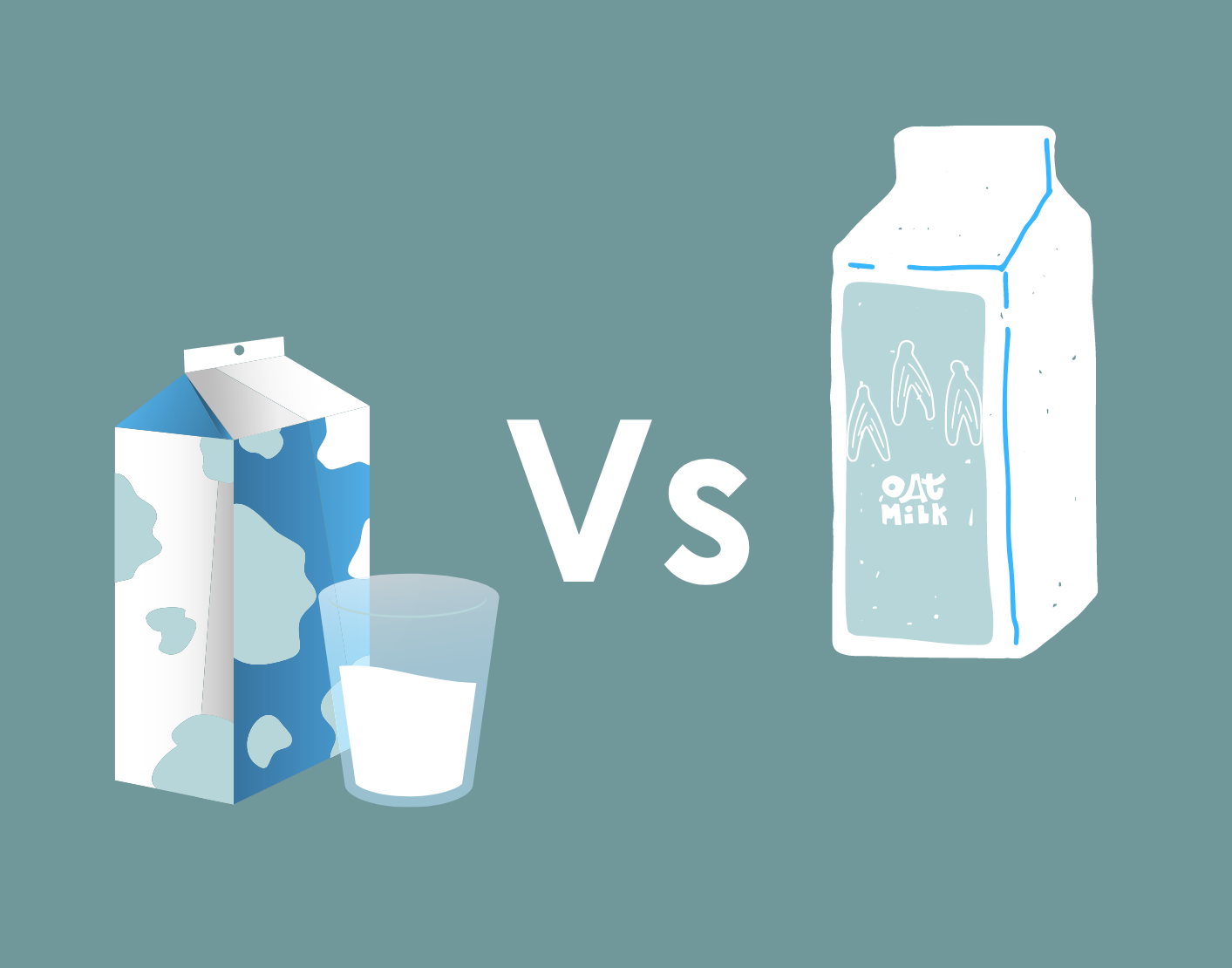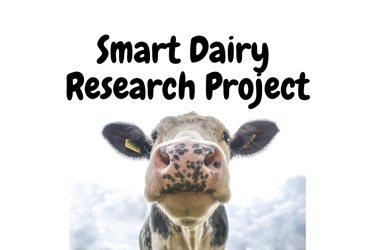By Neil Adams
Food trends, diets and purchasing behaviour frequently dominate the headlines. Yet, there is one trend that is going unrecognised, but is quickly moving up the ranks as people’s lives, and incomes, continue to slow down rapidly during lockdown.
Impulsive, and ‘on the go’, shopping and eating has been replaced by more cooking at home and carefully planned weekly shopping trips. So too, the choices on that weekly shop are now based on health and nutrition, and value for money.
‘Mindful shopping’ is the result of these challenging times, and a trend that is set to prevail long after the cease of the pandemic. Agri-food businesses must recognise this and see it as an opportunity to evolve their offering.
Facing the facts around consumer spending
The consequences of multiple lockdowns have been severe, particularly when it comes to the scale of job losses. According to the Office for National Statistics (ONS), the UK suffered a record number of redundancies in the last quarter of 2020.
This undoubtedly has had an extreme impact on income, with the smallest changes having a significant influence on spending. The DEFRA’s Family Food report states that the poorest 10% spend half the amount on food than the richest do. Those with the lowest incomes spend just £3.14 on food per day. This does bring into perspective the luxury of a cappuccino from your local barista costing around £3.50.
The difference is even more stark when it comes to food types. It appears that as wallets get fatter, consumers will buy more of what they like. If we look at figure 1, we can see quite clearly that the wealthier consumer will spend considerably more on alcohol, for example.
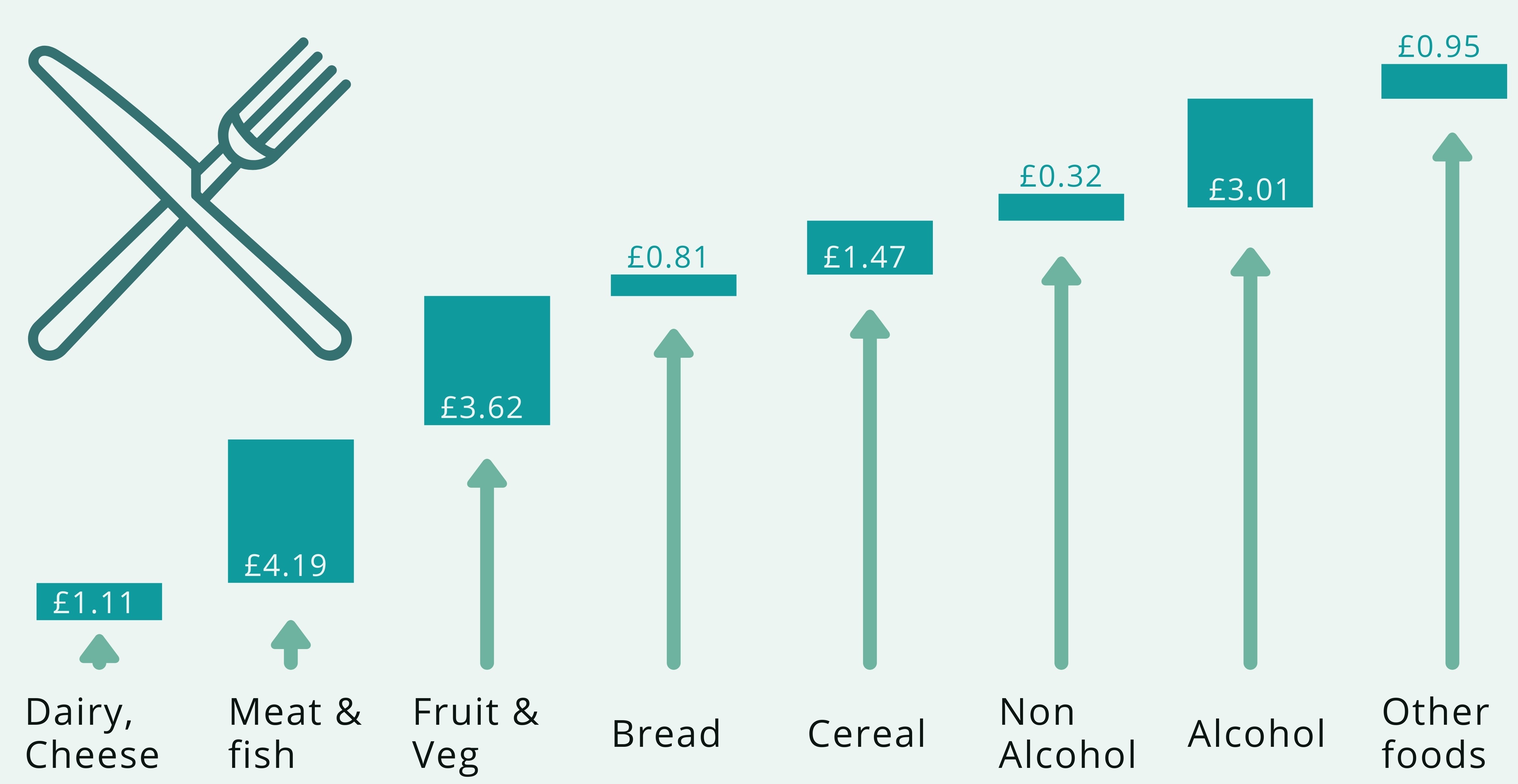
food categories
It’s an interesting set of results, particularly when compared to recent events. Incomes are coming under great pressure and it’s inevitable that consumers, particularly those facing a drop in earnings, will look towards food that delivers value primarily to meet the need for calories and protein. We anticipate other factors influencing food choice, such as the environment or concerns around animal welfare, will diminish. It all comes back down to that need to eat; feeding the family and not letting them go hungry will always be the main priority.
Finding nutritional value in food
There is no better way to appreciate the cost of food than to consider how many calories you get for every £ you spend. A convenient way to look at it is to think about the average adult’s calorie intake (2,000) and to consider the cost for half its total. In figure 2, we can see that dairy products are extremely good value for money in comparison to other food groups. While everyone agrees we need to eat more vegetables, they are not nutrient-dense and are costly in energy terms. It is, therefore, understandable that less of these items are bought when on a limited budget.
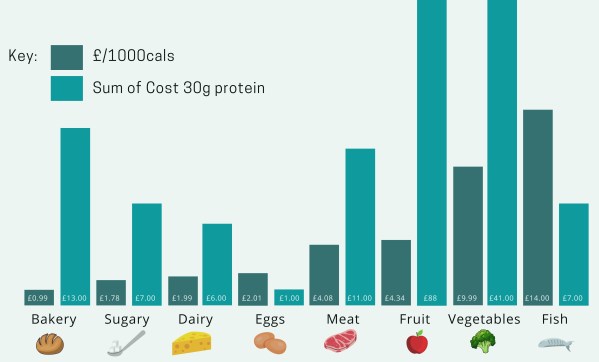
Let’s look at alternative (vegan and vegetarian) foods. Do they provide value for money?
We can’t argue against value being in the eye of the beholder. But, when it comes to feeding a family on a limited budget, or someone on their own for that matter, the cost of some ‘free from’ products place them out of reach.
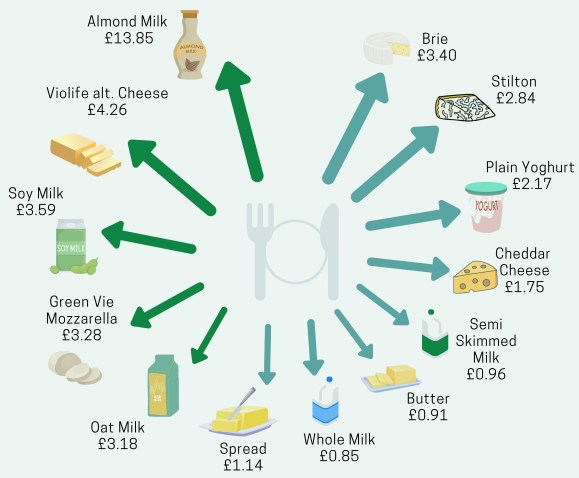
You just have to look at figure 3 to see that some ‘free from’ foods are providing few calories. Let’s take almond milk as an example. It contains just 13kcals per 100g, which is about the same as an iceberg lettuce and nearly 5 times less than whole cows milk. It might form a good way to eat less calories, but it is an expensive substitute for water.
Bearing in mind the poorest consumers are only spending a little over £3.00 per day on food, it is easy to appreciate why some of these foods are too expensive to be on their shopping list.
Discussing the vegan vs. meat debate
This past week has seen a lot of contentious arguments around the environmental impact of animal-based products but, yet again, the affordability of food is completely overlooked. It is ever so easy for well-paid celebrities to buy alarmingly expensive groceries and tell everyone else how to live their lives but maybe they should try feeding themselves on £3 a day.
In today’s turbulent world, we need to be looking at our labelling and questioning if it clearly outlines nutritional value. Ultimately, misleading the consumer could lead them to make uninformed choices about what they put in their baskets.
Now is the time to appreciate home-grown produce and it’s rise through the ranks. Taking all the figures into consideration, I think it’s fair to say that unless the prices of ‘free from’ foods fall, or the nutrient density increases, they’ll soon be unable to take a larger share of consumers’ wallets away from the traditional and naturally produced foods.




